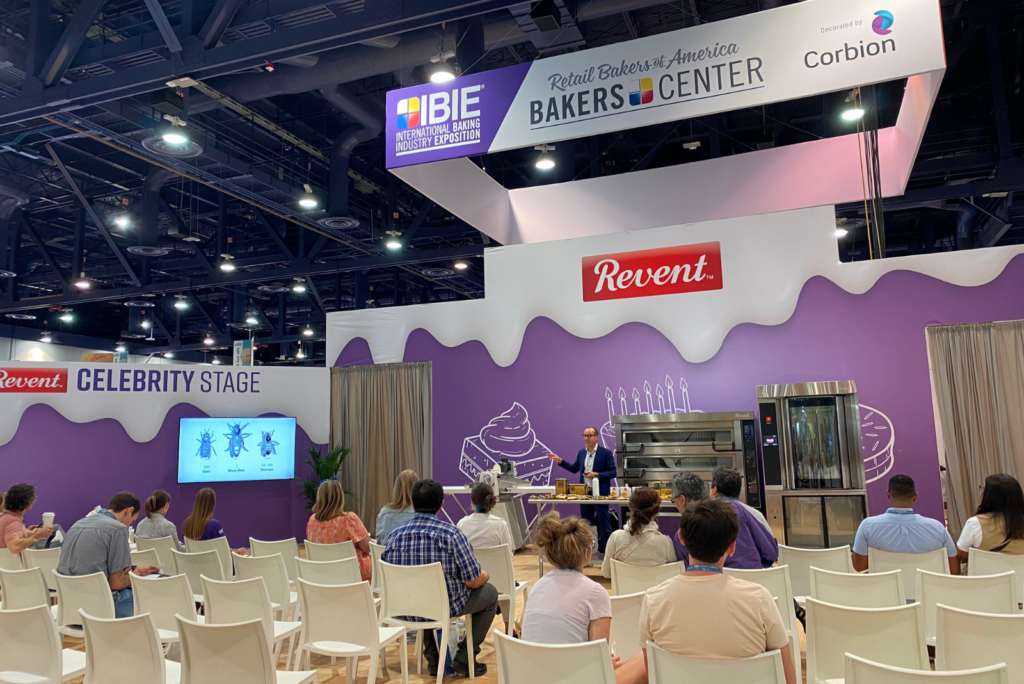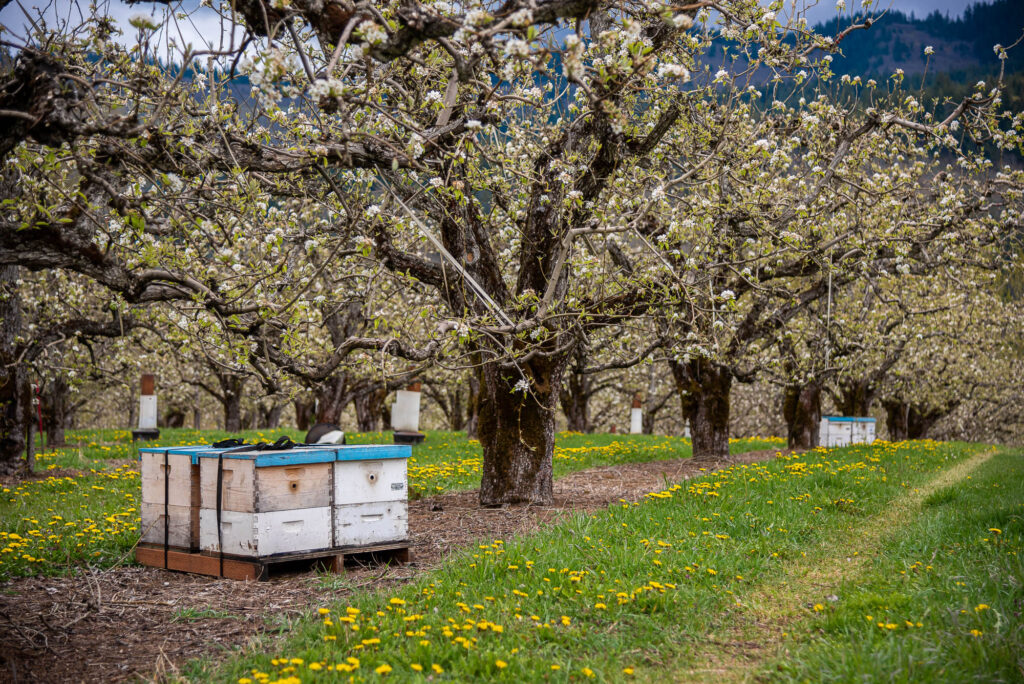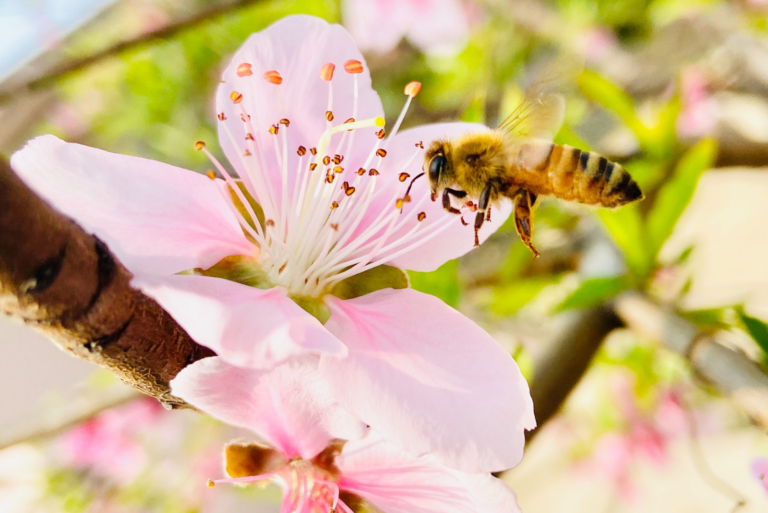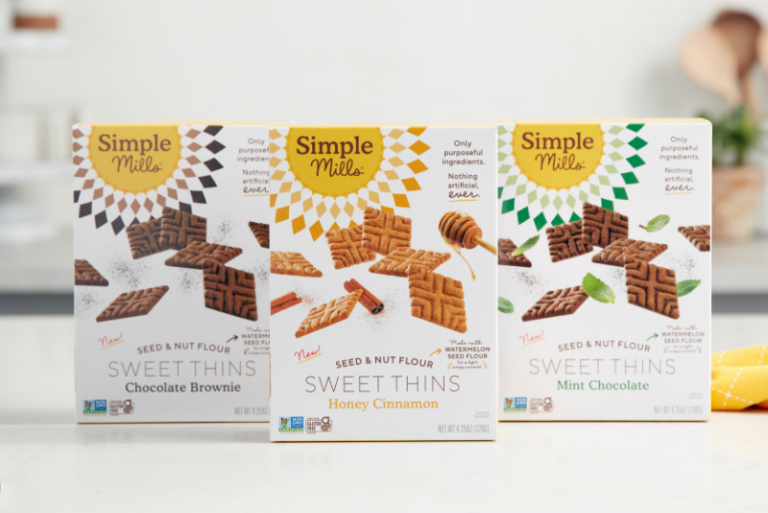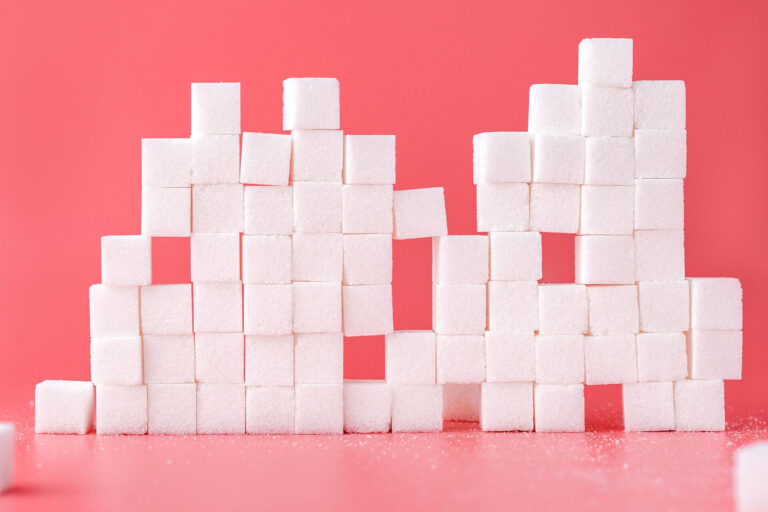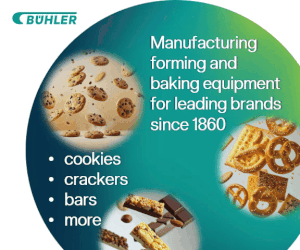LAS VEGAS — Even though 74% of US consumers are trying to cut back on sugar consumption, they love one sweetener above the rest — honey — by a considerable margin. This all-natural product is more than just a sweetener. Honey is pure, full of nutrients and an ingredient that supports pollinators essential to our ecosystem, as well as the small family farms who keep them.
Keith Seiz, ingredient marketing representative from the National Honey Board, explained how bakers can tap into the benefits of using honey in baked goods during his presentation at the International Baking Industry Exposition (IBIE).

